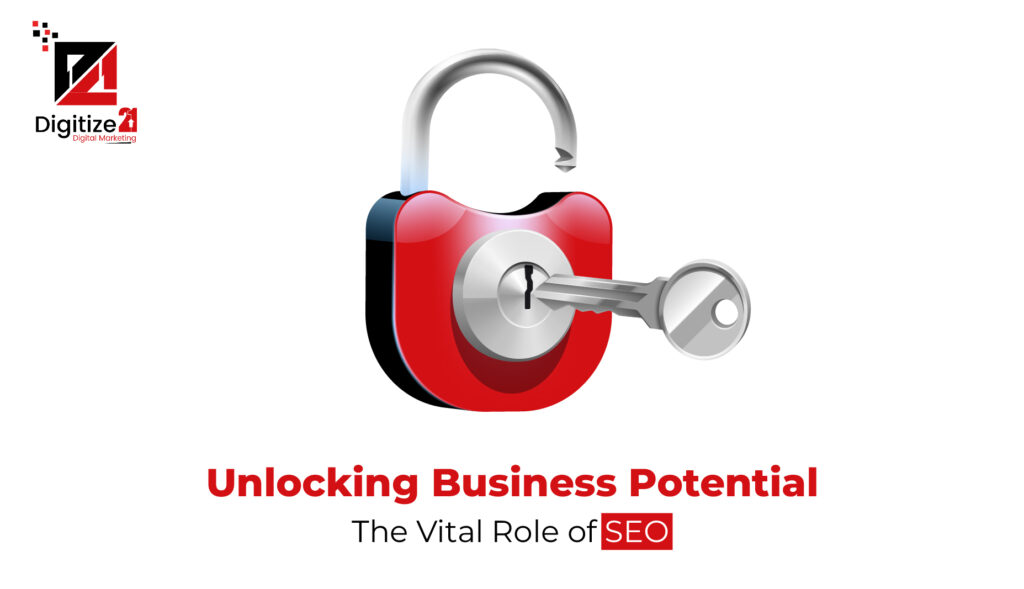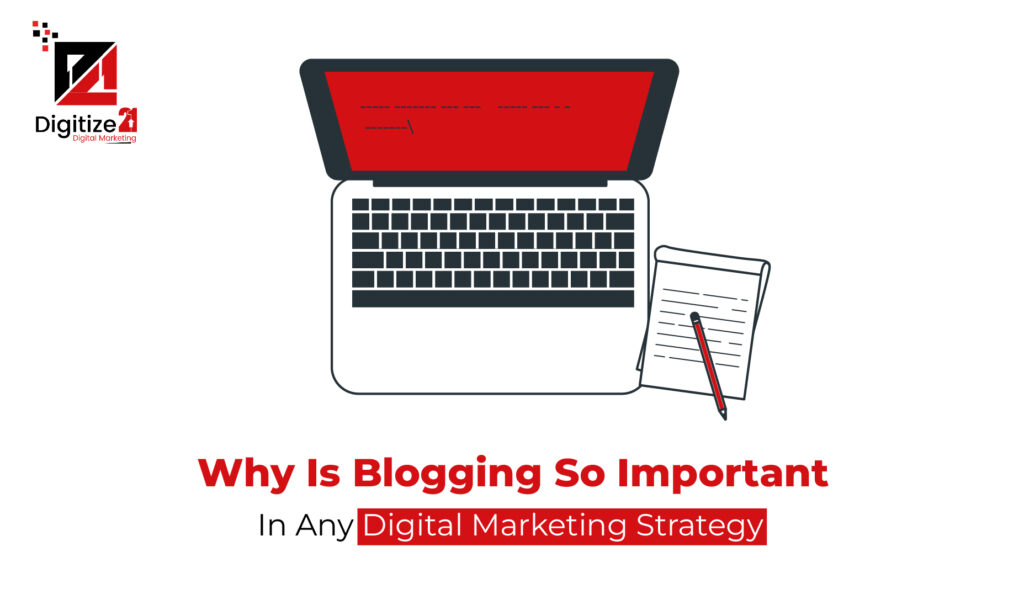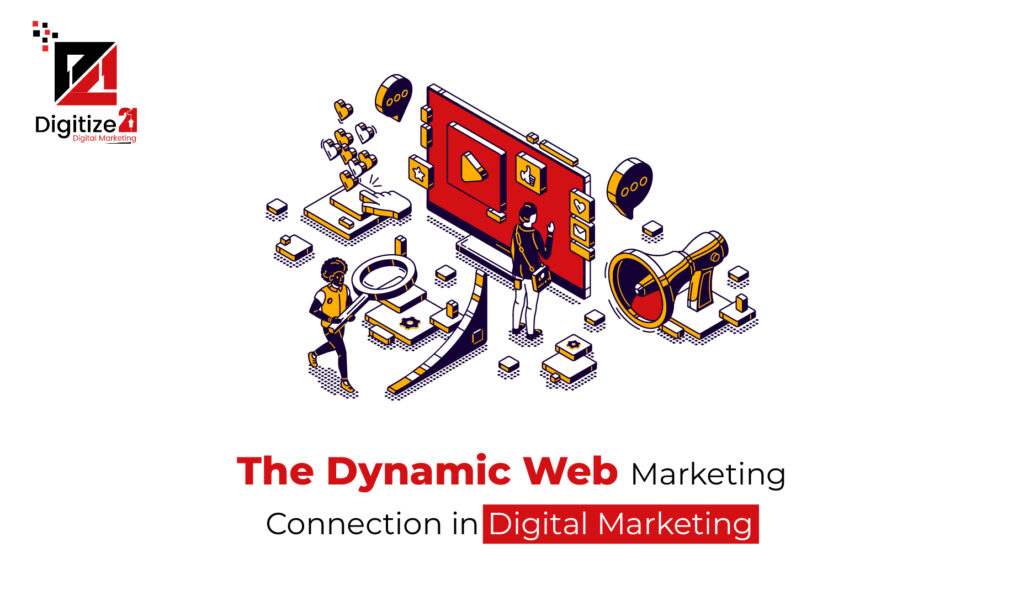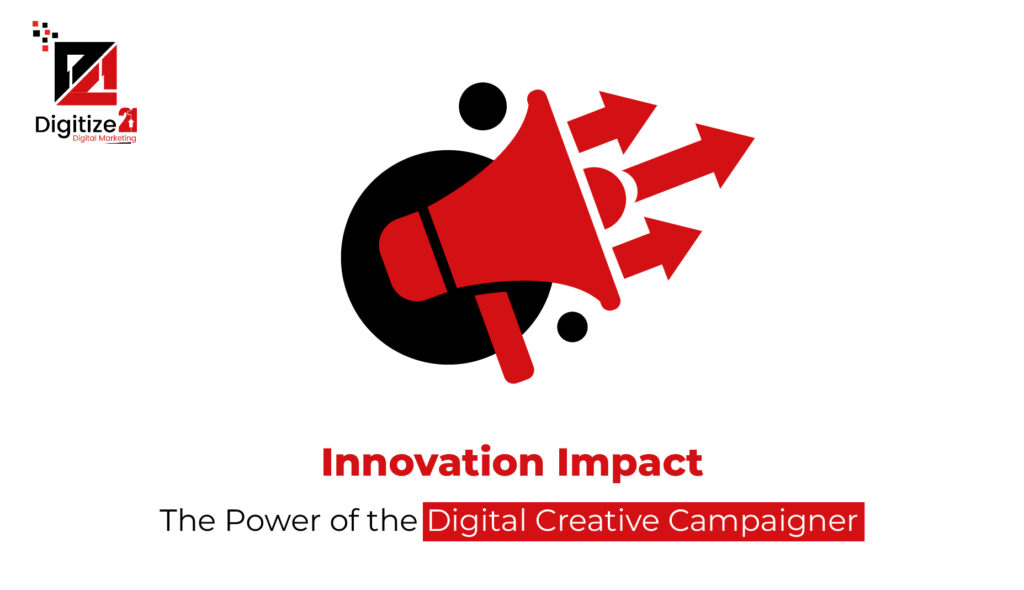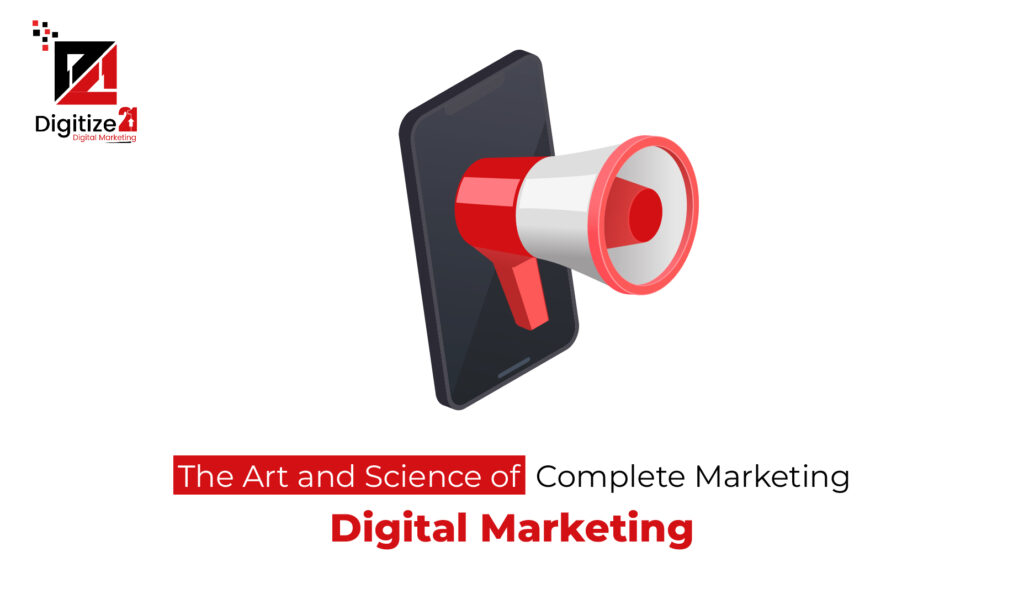Unlocking Business Potential: The Vital Role of SEO
In the fast-paced digital landscape, businesses strive for visibility, relevance, and success. One indispensable tool in achieving these goals is Search Engine Optimization (SEO). This article delves into the multifaceted aspects of why SEO is crucial for any business, unraveling its impact, strategies, and the undeniable synergy between SEO and sustainable growth.
Introduction: Navigating the Digital Wilderness
A. Setting the Stage
In a world where every click matters, businesses find themselves amidst a digital wilderness. How does one stand out in this vast expanse? The introduction sparks curiosity, underscoring the challenges businesses face and the critical role SEO plays in navigating the digital landscape.
The Foundations: Understanding SEO
A. Decoding the Alphabet Soup: What is SEO?
Demystifying the jargon, this section introduces readers to the fundamentals of SEO. From keywords to backlinks, the aim is to establish a foundation of understanding for both novices and seasoned entrepreneurs.
B. The Anatomy of Search Engines
Here, we delve into the intricate workings of search engines. Understanding algorithms and indexing becomes paramount as businesses aim to tailor their digital presence to meet the criteria set by the virtual gatekeepers.
The SEO Advantage: Driving Traffic and Conversions
A. Beyond Rankings: The Traffic Conundrum
SEO goes beyond just securing a higher rank. This section emphasizes the importance of quality traffic and how SEO becomes the compass directing potential customers to your digital doorstep.
B. From Clicks to Conversions: The SEO Magic
Explore the transformational journey from clicks to conversions. Delve into the art of turning casual visitors into loyal customers through strategic SEO practices.
The Human Touch: Crafting Content for Connection
A. Content is King: SEO’s Loyal Companion
This section highlights the symbiotic relationship between SEO and content creation. Discover how compelling, relevant content not only engages but also appeases the algorithms that determine search engine rankings.
B. The Art of User Experience
Unpack the importance of user experience in SEO. From website design to seamless navigation, this segment underscores the significance of ensuring your digital storefront is both inviting and intuitive.
Challenges and Triumphs: Navigating the SEO Landscape
A. The Ever-Evolving Algorithms
SEO is a dynamic realm, and staying abreast of algorithmic changes is paramount. Here, we discuss the challenges businesses face in adapting to the ever-evolving digital landscape.
B. Triumphs of Strategy: Success Stories
Illustrate success stories where businesses, armed with robust SEO strategies, have triumphed over challenges. Real-world examples lend credence to the transformative power of effective SEO implementation.
Conclusion: A Call to Digital Arms
A. Recapitulation of Importance
Revisit the core reasons why SEO is indispensable for businesses. Summarize the key takeaways and reinforce the notion that SEO is not just a choice but a strategic imperative.
B. Answering the Call: Moving Forward
The conclusion transitions from reflection to action. Pose questions that prompt readers to evaluate their current digital strategies and offer solutions through embracing and optimizing SEO.
Unlocking the Future: Elevate Your Business with SEO
In the cacophony of the digital landscape, SEO emerges as the silent conductor orchestrating success. From deciphering algorithms to crafting compelling content, businesses must understand the symbiotic relationship between SEO and sustained growth. As you navigate the digital wilderness, let SEO be your compass, guiding you to the pinnacle of visibility, relevance, and success. Embrace the challenge, adapt to the changes, and let SEO be the cornerstone of your digital legacy.
Unlocking Business Potential: The Vital Role of SEO Read More »

